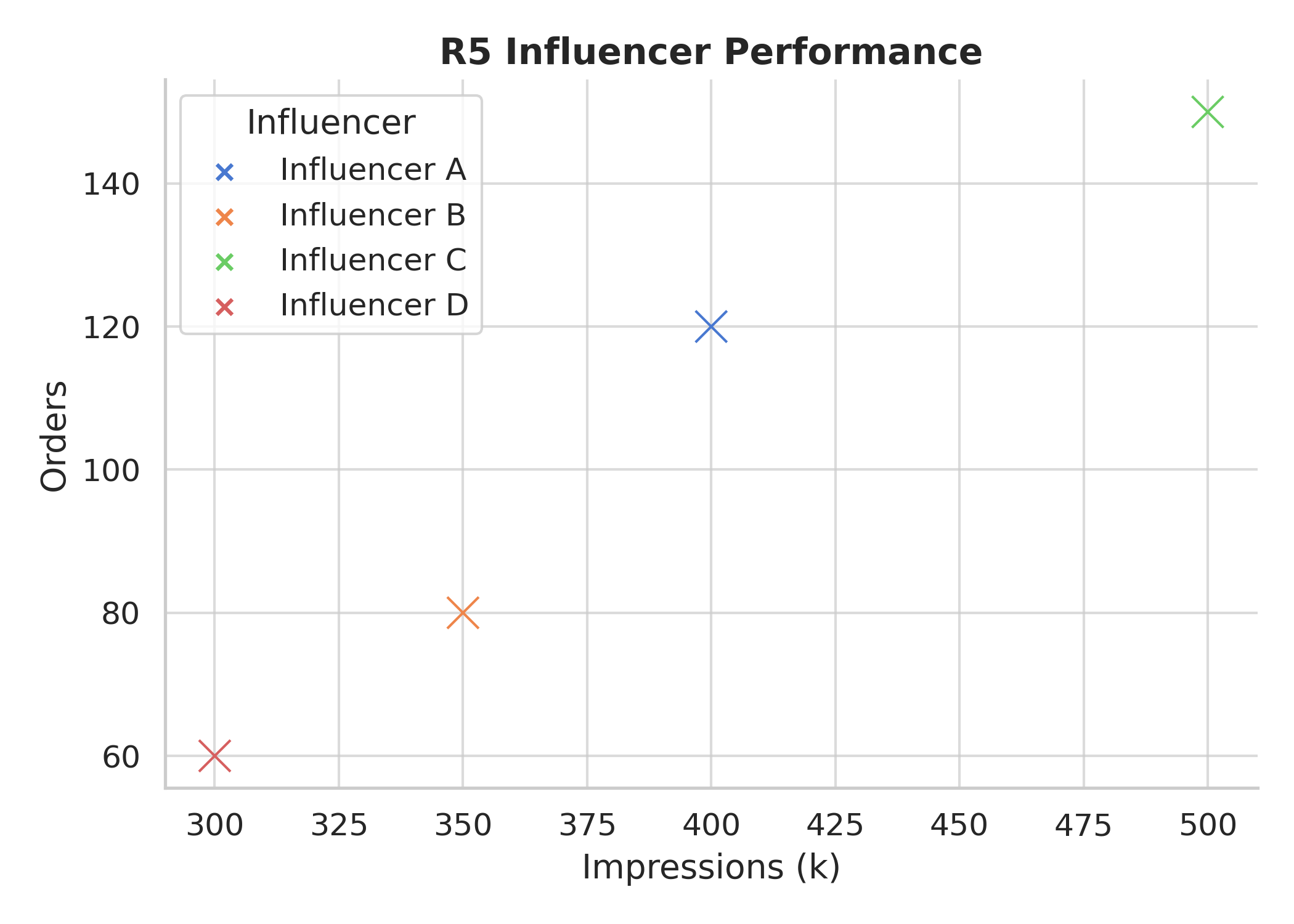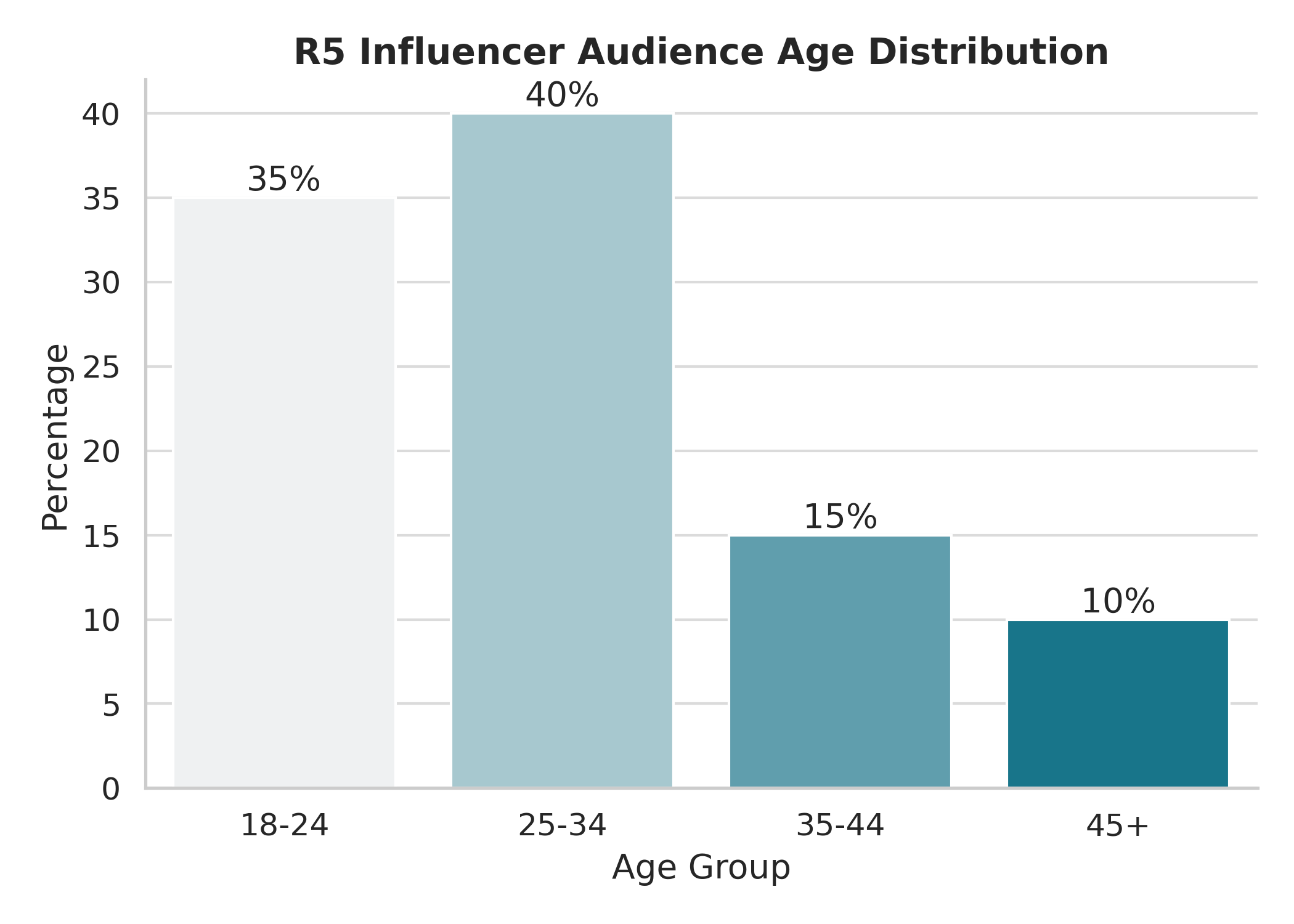As an ORISE fellow at the CDC, I supported the evaluation of a national HIV self-testing campaign aimed at expanding testing access among underserved populations. My work focused on platform analytics, audience segmentation, and influencer performance, with a particular emphasis on cis Black women, Latino MSM, and trans Latine audiences.
These analytic projects demonstrate my ability to manage complex data, synthesize performance metrics, and generate actionable insights that inform real-time campaign strategy and public health impact including:
Platform Analytics & Audience Insights project where I analyzed digital ad performance and audience engagement across multiple platforms to inform reach and effectiveness
Influencer Performance Evaluation project where I evaluated influencer campaigns using engagement and conversion metrics to inform engagement and reach.
Data-Driven Evaluation for Health Campaigns
Platform Analytics & Audience Insights
Overview
As part of my ORISE Fellowship, I led the evaluation of a national health campaign focused on providing self-testing HIV kits. This evaluation project aimed to measure and optimize the effectiveness of ads across multiple digital and social platforms to maximize engagement and order conversion.
Approach
I managed and triangulated multi-platform databases and compared the intended target audience metrics with actual engagement to identify gaps and opportunities. By synthesizing diverse datasets, I generated actionable insights for campaign adjustments to improve ad efficiency and reach.
This analysis covered the period from October 2023 to July 2024, aligning with the campaign’s targeted push towards engaging specific audiences across platforms.
Methods
Conducted audience segmentation across five priority populations to assess platform performance relative to intended reach.
Performed comparative analysis of engagement and conversion metrics across 10+ digital platforms.
Computed key performance indicators, including Session Conversion Rate (SCR) and Order Conversion Rate (OCR), to evaluate efficiency at each stage of the user journey.
Developed a structured Excel workbook to organize population-specific analyses including demographics and testing behaviors.
Tools
I used Microsoft Excel exclusively to build a structured analytic workbook that housed population-specific analyses across five key groups. I completed data cleaning, performance metric computation, and exploratory analysis.
Results
The analysis revealed meaningful differences in platform performance based on both intended and actual audience engagement:
Some platforms were more effective at driving page visits, while others were stronger at converting visits into orders, particularly among priority populations such as cis Back women and Latino queer men.
There was a consistent pattern of cross-audience engagement, where ads intended for one group often generated responses from another.
I identified opportunities to tailor creatives to better reflect audience behaviors which included aligning imagery or messaging with the demographic patterns observed across platforms. These insights informed recommendations for adjusting budget allocation towards platforms and targeting strategies to improve campaign efficiency and reach.
Key Outputs
To communicate findings, I created a summary slide deck presenting high-level trends, cross-audience insights, and platform performance over time. While the underlying analyses were housed in a detailed Excel workbook, the PowerPoint presentation was designed for broader audiences which included campaign leadership and implementation partners to support data-driven decision-making.
Note: The visuals presented on this page are representative examples designed for demonstration and do not contain actual project data.
Influencer Performance Evaluation
Overview
As part of my ORISE Fellowship, I supported the fifth round of evaluation for social media influencer activations focused on Spanish-speaking Latino MSM and Latine women of trans experience. This round of engagement aimed to leverage culturally resonant content to drive HIV self-testing orders and site visits. My analysis focused on performance metrics across influencers, compared to other parallel campaign efforts during the same period as well as previous rounds of influencer engagement.
Approach
Working with data from multiple campaign sources, I conducted a round-level analysis of influencer performance, contextualized against prior influencer rounds and broader campaign activities. Special emphasis was placed on audience segmentation, content strategy, and the impact of creative autonomy granted to influencers in each round.
The data examined for this project were from March 2023 to September 2024.
Methods
Computation of key metrics including impressions, CTR, CPC, and OCR
Audience segmentation and comparison of influencer and non-influencer campaign performance
Trend analysis across campaign rounds
Tools
I used Microsoft Excel to build structured analytic workbooks that integrated data from multiple campaign sources, including internal dashboards, performance databases, and post-order reports. I then completed data cleaning, metric computation, and exploratory analysis across campaign rounds and audiences.
Results
The analysis revealed key differences in influencer performance, particularly when comparing their ability to drive awareness, engagement, and conversions across priority and non-priority audiences:
Some influencers demonstrated strong reach but lower conversion, while others excelled in both engagement and order generation among Latino MSM.
There was a relatively lower proportion of orders from priority audiences compared to other campaign efforts, despite strong reach within those segments.
I also highlighted opportunities to refine influencer strategies by focusing on community-specific content, aligning content tone with audience expectations, expanding interactive formats like livestreams, and reallocating budget toward high-performing creators and posts.
Using these insights, I developed recommendations for future rounds of influencer engagement focusing on optimizing cost-efficiency.
Key Outputs
I developed a high-level slide deck that visualized influencer performance and audience insights across rounds. The deck included comparative visuals and strategic recommendations to guide future influencer engagement and optimize resource allocation.
Note: The visuals presented on this page are representative examples designed for demonstration and do not contain actual project data.
















